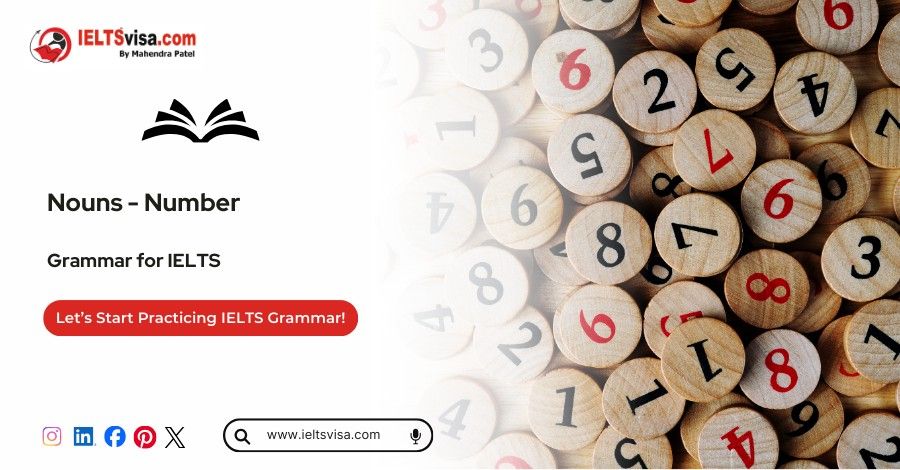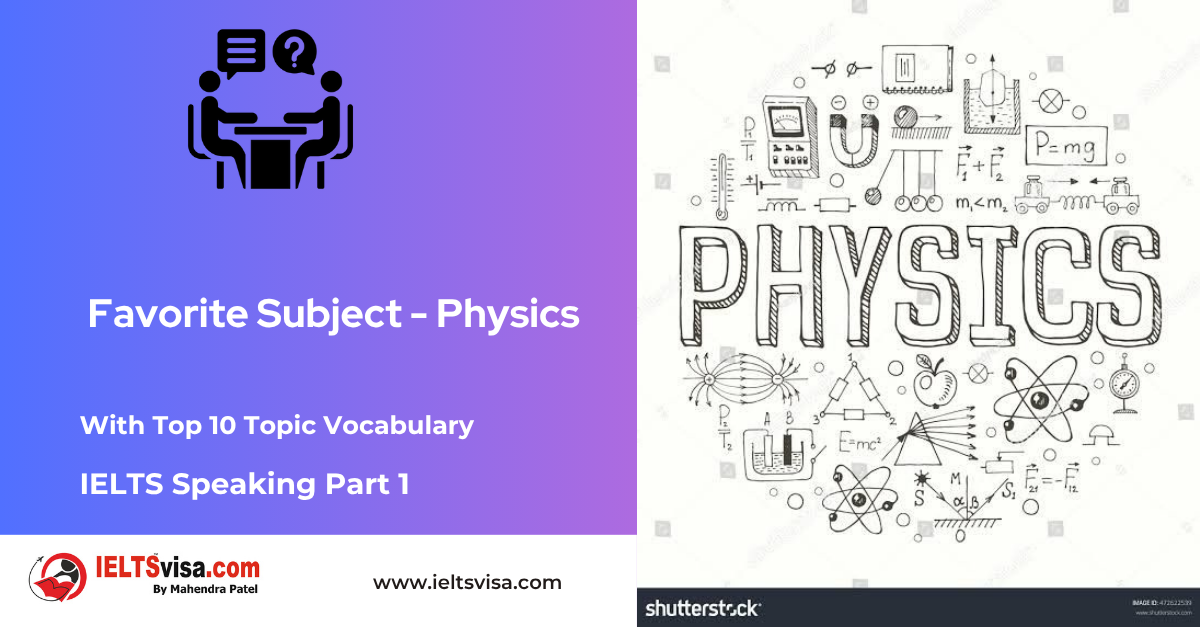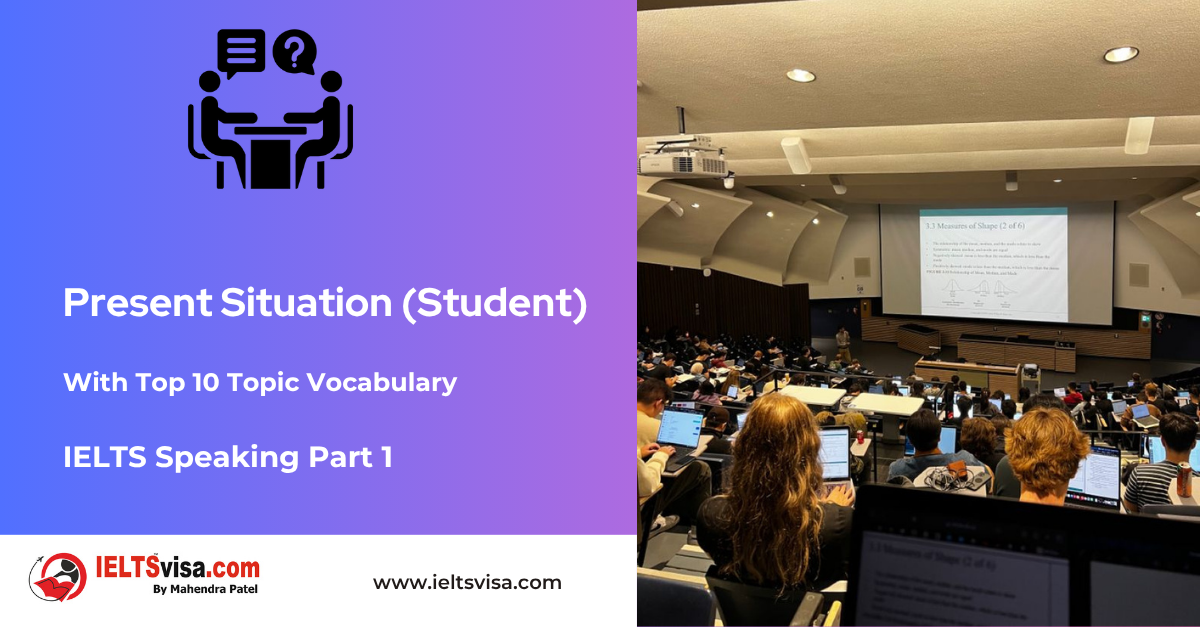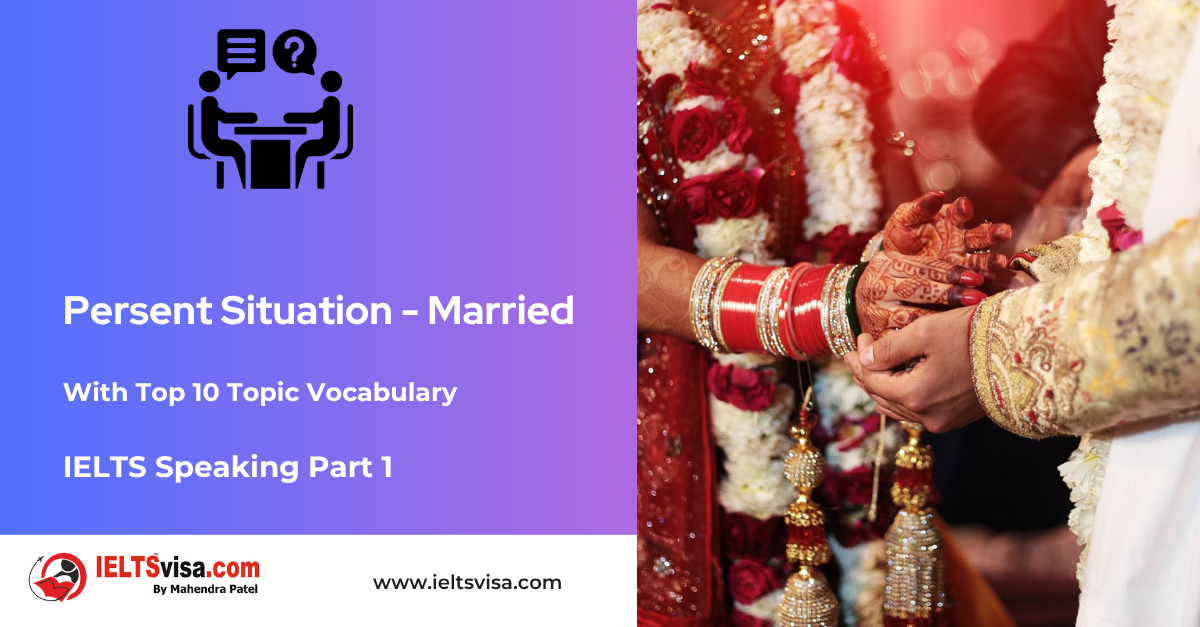Nouns - Number
Grammar for IELTS

Nouns – Number
Understanding singular and plural nouns is fundamental to mastering English grammar. This article delves into the definition of plural nouns, the rules for converting singular nouns into plural forms, and provides examples and exercises to solidify your understanding.
Table of Contents
1. Definition of a Plural Noun
2. Changing a Singular Noun to a Plural Noun
-
- Adding ‘s’
- Adding ‘es’
- Adding ‘ves’ for nouns ending with ‘f’ or ‘fe’
- Adding ‘es’ to nouns ending with ‘o’
- Adding ‘ies’ to words ending with ‘y’ preceded by a consonant
- Adding ‘s’ to words ending with ‘y’ preceded by a vowel
- Changing ‘us’ to ‘i’
- Changing ‘is’ to ‘es’
- Changing ‘on’ to ‘a’
- Nouns with a common singular and plural form
- Irregular nouns
- Plural form for hyphenated nouns and relationships
3. Plural Noun Examples
4. The Golden Rule of Using Plural Nouns in Sentences – Subject-Verb Agreement
5. Plural Nouns and Tense Forms
6. Test Your Knowledge
7. Frequently Asked Questions on Plural Nouns
Definition of a Plural Noun
A plural noun refers to more than one person, place, thing, or idea. According to the Merriam-Webster Dictionary, plural is defined as “relating to or consisting of more than one.” In English, plural nouns are generally formed by modifying their singular counterparts, often with specific rules for different word endings.
Changing a Singular Noun to a Plural Noun
Adding ‘s’
Most singular nouns form their plural by adding ‘s’.
Examples:
-
- Dog → Dogs
- Pen → Pens
- Chair → Chairs
Adding ‘es’
Nouns ending in ‘s’, ‘ss’, ‘sh’, ‘ch’, ‘x’, or ‘z’ take ‘es’ to form the plural.
Examples:
-
- Box → Boxes
- Bush → Bushes
- Church → Churches
Adding ‘ves’ for Nouns Ending with ‘f’ or ‘fe’
When a noun ends in ‘f’ or ‘fe’, the plural is often formed by changing the ending to ‘ves’.
Examples:
-
- Wolf → Wolves
- Knife → Knives
- Wife → Wives
Adding ‘es’ to Nouns Ending with ‘o’
Some nouns ending in ‘o’ add ‘es’ to form the plural.
Examples:
-
- Mango → Mangoes
- Potato → Potatoes
- Volcano → Volcanoes
Adding ‘ies’ to Words Ending with ‘y’ Preceded by a Consonant
If a noun ends in ‘y’ preceded by a consonant, change the ‘y’ to ‘ies’ to make it plural.
Examples:
-
- City → Cities
- Puppy → Puppies
- Baby → Babies
Adding ‘s’ to Words Ending with ‘y’ Preceded by a Vowel
If the ‘y’ is preceded by a vowel, simply add ‘s’.
Examples:
-
- Toy → Toys
- Boy → Boys
- Day → Days
Changing ‘us’ to ‘i’
Nouns of Latin origin ending in ‘us’ change to ‘i’ in the plural.
Examples:
-
- Alumnus → Alumni
- Cactus → Cacti
- Fungus → Fungi
Changing ‘is’ to ‘es’
Nouns ending in ‘is’ change to ‘es’ in the plural.
Examples:
-
- Crisis → Crises
- Analysis → Analyses
- Thesis → Theses
Changing ‘on’ to ‘a’
Nouns of Greek origin ending in ‘on’ form the plural by changing to ‘a’.
Examples:
-
- Phenomenon → Phenomena
- Criterion → Criteria
Nouns with a Common Singular and Plural Form
Some nouns remain the same in both singular and plural forms.
Examples:
-
- Deer → Deer
- Fish → Fish
- Sheep → Sheep
- Police → Police
Irregular Nouns
Irregular nouns form their plurals in unique ways, often with spelling changes.
Examples:
-
- Man → Men
- Woman → Women
- Child → Children
- Tooth → Teeth
- Mouse → Mice
Plural Form for Hyphenated Nouns and Relationships
For hyphenated nouns and relationships, the plural is usually formed by making the primary noun plural.
Examples:
-
- Brother-in-law → Brothers-in-law
- Mother-in-law → Mothers-in-law
- Son-in-law → Sons-in-law
- randchild → Grandchildren
Plural Noun Examples
Examples:
-
- Singular: Dog, Plural: Dogs
- Singular: Child, Plural: Children
- Singular: Knife, Plural: Knives
- Singular: Man, Plural: Men
The Golden Rule of Using Plural Nouns in Sentences – Subject-Verb Agreement
When using plural nouns, ensure the verb agrees with the subject in number. Use plural verbs with plural nouns.
Examples:
-
- The students are preparing for the test. (Plural subject ‘students’ with plural verb ‘are’)
- The books on the shelf belong to him. (Plural subject ‘books’ with plural verb ‘belong’)
Plural Nouns and Tense Forms
The table below illustrates how plural nouns are used with various tense forms:
|
Tense |
Examples |
|
Simple Present Tense |
The dogs bark loudly. |
|
Present Continuous Tense |
The students are studying for exams. |
|
Present Perfect Tense |
The teachers have completed their tasks. |
|
Past Simple Tense |
The boys played football. |
|
Past Continuous Tense |
The workers were fixing the road. |
|
Future Simple Tense |
The houses will be painted next week. |
Test Your Knowledge
Convert the highlighted singular nouns into their plural forms:
1. The cat is sleeping on the mat.
2. I saw a child playing in the park.
3. The woman is baking a cake.
4. This knife is very sharp.
5. The policeman caught the thief.
Answers:
1. The cats are sleeping on the mat.
2. I saw children playing in the park.
3. The women are baking cakes.
4. These knives are very sharp.
5. The policemen caught the thief

Our Books
Master IELTS Speaking Part 1
IELTS Writing Task 1 Book
IELTS Writing Task 2 Book
Practice IELTS Other Modules
IELTS Listening
The IELTS Listening test assesses how well you can understand spoken English in various contexts. It lasts about 30 minutes and is divided into four sections with a total of 40 questions. The listening tasks become increasingly difficult as the test progresses.
IELTS Academic Reading
The IELTS Academic Reading section assesses your ability to understand and interpret a variety of texts in academic settings. It is designed to evaluate a range of reading skills, including skimming for gist, reading for main ideas, reading for detail, understanding inferences, and recognizing a writer's opinions and arguments.
IELTS Speaking
The IELTS Speaking test assesses your ability to communicate in English on everyday topics. It lasts 11-14 minutes and consists of three parts: introduction, cue card, and a discussion based on the cue card topic.
IELTS General Reading
IELTS General Reading tests your ability to understand and interpret various types of texts. Here are some key areas and types of content you can expect to encounter in the reading section, along with tips for effective preparation.
IELTS Academic Writing Task 1
In IELTS Academic Writing Task 1, you are presented with a visual representation of information, such as graphs, charts, tables, or diagrams, and you are required to summarize, compare, or explain the data in your own words.
IELTS General Writing Task 1
In IELTS General Writing Task 1, you are required to write a letter based on a given situation. The letter can be formal, semi-formal, or informal, depending on the prompt. Here’s a breakdown of the key components to include in your letter
IELTS Academic Writing Task 2
In IELTS Academic Writing Task 2, you are required to write an essay in response to a question or topic. Here’s a guide to help you understand the essential elements of this task
IELTS Exam Tips
To succeed in the IELTS exam, practice regularly, familiarize yourself with the test format, improve your vocabulary, develop time management skills, and take mock tests to build confidence.
Grammer for IELTS
Grammar is the foundation of effective communication in English. Understanding tense usage, subject-verb agreement, and sentence structure enhances clarity and coherence in writing and speaking.
Vocabulary for IELTS
Vocabulary plays a crucial role in the IELTS (International English Language Testing System) exam, especially in the Speaking and Writing sections. Here’s an overview of why vocabulary is important and how it impacts your performance
RECENT IELTS SAMPLES QUESTIONS AND ANSWERS
IELTS Speaking Part 1 – Favourite Sujbect – Physics
IELTS Speaking Part 1 - Favourite Sujbect - Physics Q: What is your favourite subject? A: My favourite subject...
IELTS Speaking Part 1 – Present Situation (Student)
IELTS Speaking Part 1 - Present Situation (Student) Q1: Are you a student or do you work?A: I’m a full-time...
IELTS Speaking Part 1 – Present Situation – Employee – as an International Student and Social Worker
IELTS Speaking Part 1 - Present Situation - Employee - as an International Student and Social Worker Q1: Are...
IELTS Speaking Part 1 – Persent Situation – Employee- as an Electric Engineer
IELTS Speaking Part 1 - Persent Situation - Employee- as an Electric Engineer Q1: What do you do for a...
IELTS Speaking Part 1 – Persent Situation – Employee – as an Software Engineer
IELTS Speaking Part 1 - Persent Situation - Employee - as an Software Engineer Q1: What do you do for a...
IELTS Speaking Part 1 – Persent Situation – Married
IELTS Speaking Part 1 - Persent Situation - Married Q1: Are you married?A: Yes, I am married. My spouse and I...












